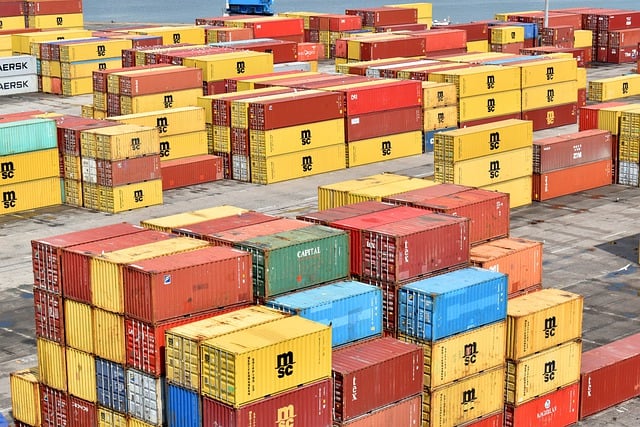
After months of trade tension, the U.S. has agreed to lower its tariffs on Chinese imports from 145% to 30%, while China, in response, has committed to reducing its retaliatory tariffs on goods from the U.S. from 125% to 10%.
The announcement prompted a surge on Wall Street, with the Standard & Poor’s 500 index closing at its highest level in more than two months.
In revealing the deal between the two countries, the White House said the new reduced tariff was a part of “recognizing the importance of a sustainable, long-term, and mutually beneficial economic and trade partnership.”
The agreement came as representatives for the world’s two biggest economies met for two days in Lake Geneva to thrash out their differences. Treasury Secretary Scott Bessent subsequently described the talks as productive and part of a “very positive process.”
Continued the Secretary: “We have reached an agreement on a 90-day pause and have substantially moved down the tariff levels. Both sides on the reciprocal tariffs will move their tariffs down 115%.”
Bessent additionally remarked that the greatly accelerated tariffs imposed in recent months by both the U.S. and China amounted to the “equivalent of an embargo.”
“And neither side wants that,” he remarked. “We do want trade.”
Economists say they are not sure whether the 90-day pause will prove a one-time thing, or something more lasting. But both sides have indicated an interest in continuing negotiations.
In a cautionary note, Trump remarked that if further progress between the two countries is not made, he may be forced by late summer to reimpose the higher tariffs on China. Trump further remarked that he expects to meet with Chinese President Xi Jinping “maybe at the end of the week” to talk trade.
The Chinese leadership had earlier resisted moves for talks. “Beijing has made little effort to contain its anger at the tariffs, which it says are tantamount to bullying,” the Strait Times reported last week.
The lowered tariffs on Chinese goods apply to all imports from that country, including construction material, electronics, computers, and smartphones.
Going in the other direction, lowered tariff U.S. exports to China include soybeans, aircraft, engines, integrated circuits, and pharmaceuticals.
May 13, 2025
By Garry Boulard
Photo courtesy of Pixabay


